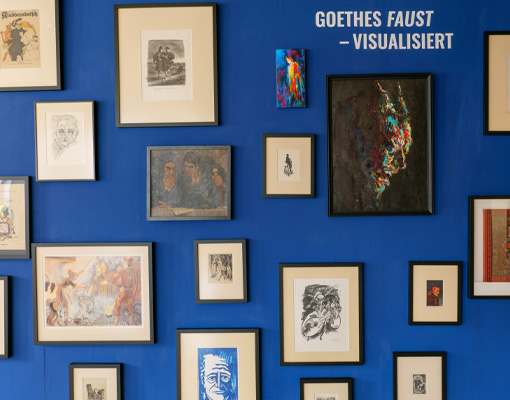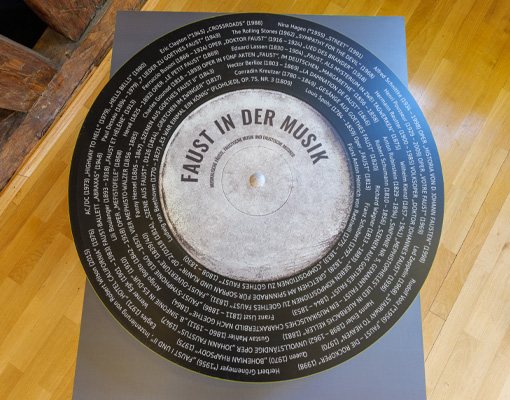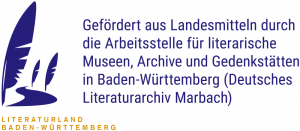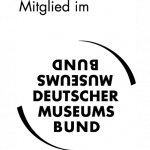Faust Museum
The Exhibition Floors In The Faust Museum
Knittlingen’s Faust Museum is dedicated to documenting the Faust myth on three different exhibition floors.
Ground floor
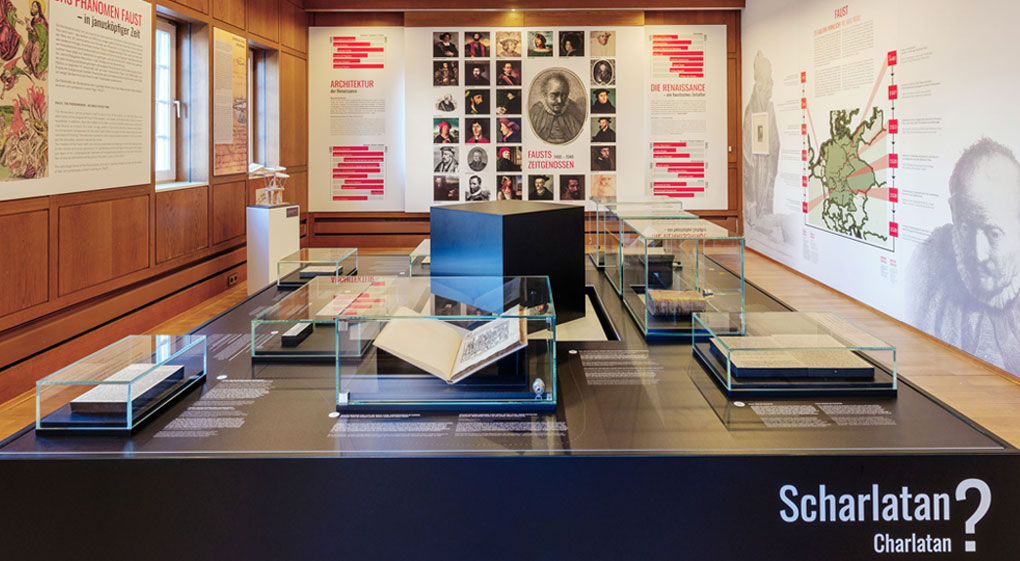
On the ground floor, sources on Georg Johann Faust‘s life in Knittlingen, which he left behind between 1480 and 1540, are on display. These testimonies all come from his contemporaries. They reveal an impressive professional portfolio and provide insights into the personality of the magician and astrologer, healer and natural scientist – and of course into the era of his life: the Renaissance.
1st floor
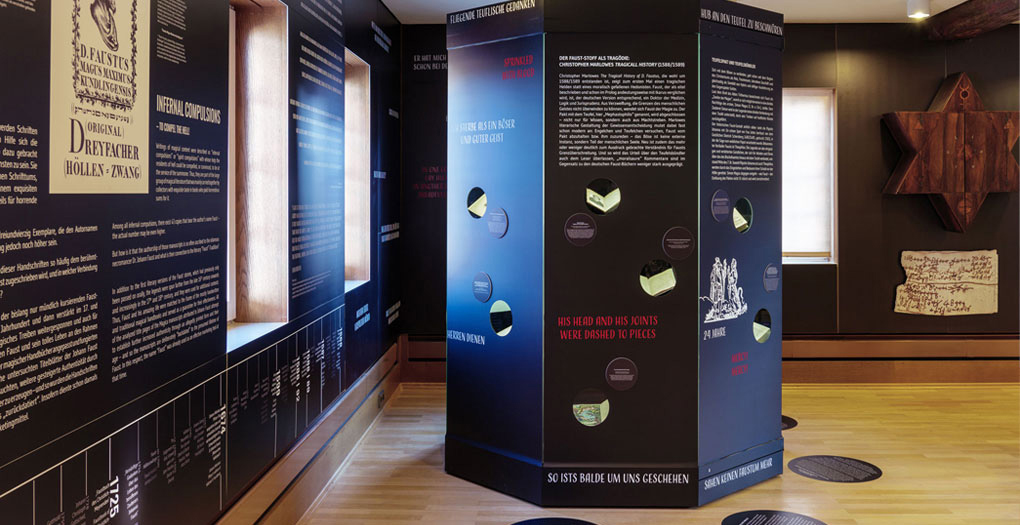
Faust‘s spectacular death in Staufen im Breisgau, likely caused by an explosion during an alchemical experiment, triggered the development of legends about a devil’s pact.
What were the alchemists actually aiming at in their research and experiments? Who worked in a Renaissance laboratory and what instruments, ingredients and financial resources were needed? All this can be explored in our newly installed Renaissance alchemy laboratory on the first floor.
The special exhibition Alchemy – Science or Devil’s Pact? presents one of the most important alchemical works of the 17th century: Atalanta Fugiens by author Michael Maier conveys basic chemical principles and processes via texts, allegorical images and music.
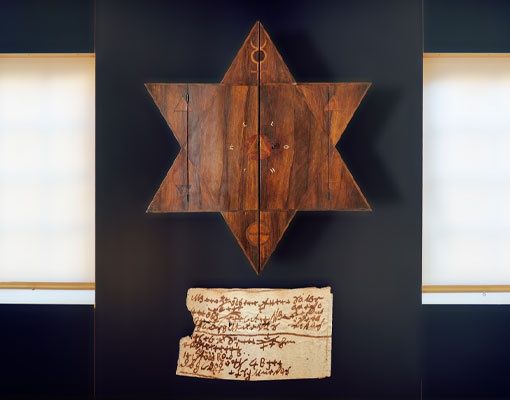

The centrepiece of the exhibition is Doctor Faust‘s poison cabinet. This unique specimen, which was found in Faust’s birthplace, proves that the residents living there were interested in alchemy. The examination of the cabinet is currently being conducted.
The transition from history to legend, which is indicated by the appearance of the Mephistopheles figure, takes place in fantastic stories. Those were written by the people of the 16th century who were inspired by Faust.
The first literary expression is found in the so-called folk book, the Historia of D. Johann Fausten from 1587. The first arrangement as a drama in five acts, The Tragical History of the Life and Death of Doctor Faustus, was penned by the English Renaissance writer Christopher Marlowe (1564-1593).
The further literary development can be followed on the vividly designed first floor, from the puppet show of Doctor Faustus to Lessing and his Faust fragment.
2nd floor
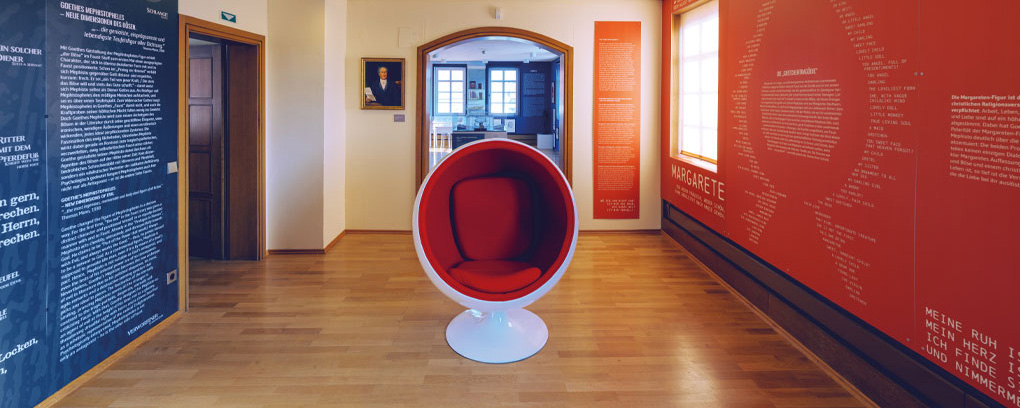
A separate room is dedicated to Goethe’s Faust adaptations, where visitors can literally immerse themselves in the text. In the large room next door, the visualised world of Goethe’s Faust is presented: A flood of images with works from the collections of the Faust Archive, sculptures and a stage model of the legendary Peter Stein production from 2000.
Soon after Goethe’s first published Faust version, the Fragment (1790), the Romantic period produced its own Faust adaptations.
How the Faust material expanded on its way to modernity, especially after Goethe’s Faust II (1832), and how it appropriated all media, can be experienced with (almost) all senses via interactive elements, take-home texts, audio stations as well as a music lounge and a small cinema.
